How Does Soil Compaction Impact Grazing Lands?
 Print This Post
Print This Post
By Justin Morris
Has your pasture been plagued by poor plant growth? Do your plants begin to go dormant as soon as the rain or irrigation stops or when it gets hot? Does water pond on the surface of your pasture either during or right after a rain or irrigation event? Or does water run off your pasture to the point that it leaves behind ugly scars of erosion or floods out other areas that are lower in the landscape? If you answered yes to any of these questions, then your pasture likely has soil compaction. But what is soil compaction and what are all the ways it can affect grazing lands? Keep reading for answers.
What is soil compaction?
Soil compaction occurs when the density of the soil increases because of external or internal factors. These factors can be physical as with physical compression of the soil from the weight of hooves or they can be biological (more on this in an upcoming blog).
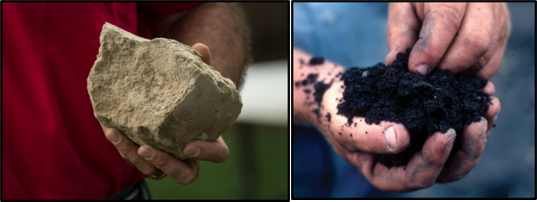
Unhealthy soil (left) that is highly compacted can look and feel like a brick. There are really no holes on the outside to indicate pore space on the inside. Healthy soil (right) has a granular or crumbly structure. Photos: USDA NRCS
What does soil compaction do?
Compaction can negatively affect nearly all physical, chemical, and biological properties of soils. When compaction is created through inappropriate pasture stewardship, a lot of negative things can happen, as illustrated in the following flowchart.
Compaction Effects Flowchart
(Adapted from the Overgrazing Flow Chart)
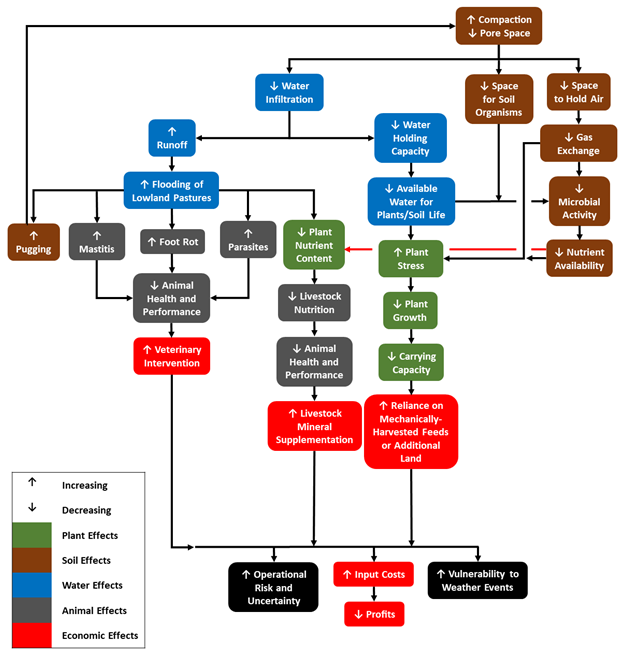
From this flowchart, you can see that compaction can have five negative water effects, four negative plant effects, six negative soil effects, six negative animal effects, five negative economic effects, increased operational risk, and increased weather vulnerability. That’s at least 28 negative effects! Compaction directly reduces water infiltration, space for soil organisms to live, and space to hold air. This affects everything soil life needs to survive because it needs air, water, food, and somewhere to live. The result of not meeting the needs of soil life brings about the invisible killer of pasture productivity, livestock health, and profitability through soil compaction.
How do healthy and unhealthy soils differ physically?
As we can see from the photos above, healthy and unhealthy soils look very different from each other. Besides the color difference we see between these two photos, one of the most obvious characteristics of a healthy soil is that it’s porous. This means the soil has space inside for air exchange and to hold water. In fact, soil is supposed to have enough space so that 50 percent or more of the soil volume is not occupied by solid particles.
In contrast, unhealthy soil lacks this space for air and water, but rather is mostly comprised of solid particles. This creates the problems found in the flowchart.

Left: Composition of healthy soil where only 50% of the soil is comprised of solid particles such as sand, silt, clay, and organic matter. The remaining 50% should be space for air and water. Right: Figure 5: Composition of unhealthy soil where two-thirds or more of the soil is comprised of solid particles. This leaves very little space to allow water or air to seep in. This soil approaches the density and hardness of concrete!
Air, water, food, and space to live are requirements for soil life. The invisible killer of pastures, compaction, greatly diminishes all four of these requirements. Of all the requirements for soil life, air is likely the most limiting factor. Without air, oxygen-dependent soil life cannot breathe, and neither can we. However, there is great hope in alleviating compaction that doesn’t require taking a pasture completely out of production. But before we get to that topic, we’ll next discuss what causes soil compaction on pastures. Stay tuned.
Related ATTRA Resources:
This blog is produced by the National Center for Appropriate Technology through the ATTRA Sustainable Agriculture program, under a cooperative agreement with USDA Rural Development. ATTRA.NCAT.ORG.

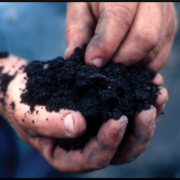
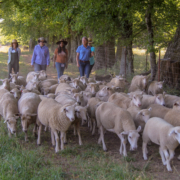



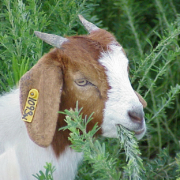
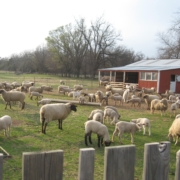

 wikicommons Zeynel Cebeci
wikicommons Zeynel Cebeci